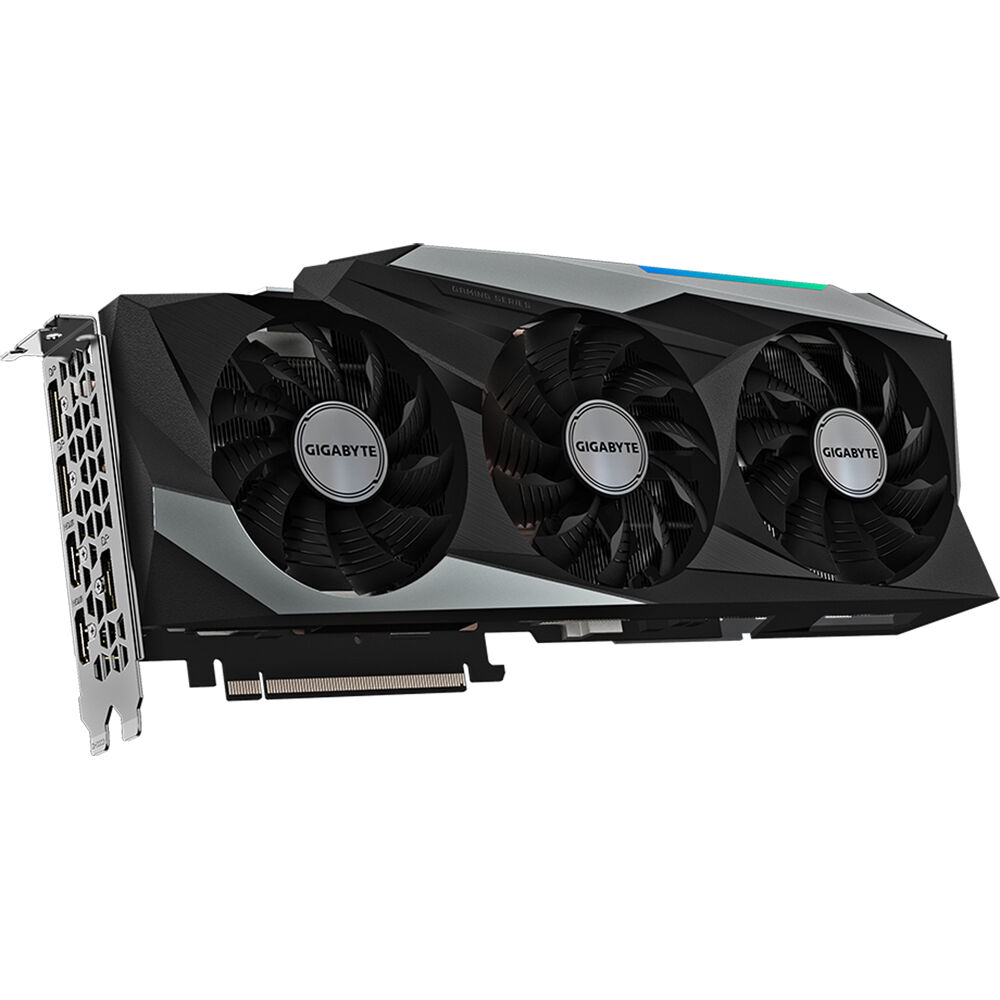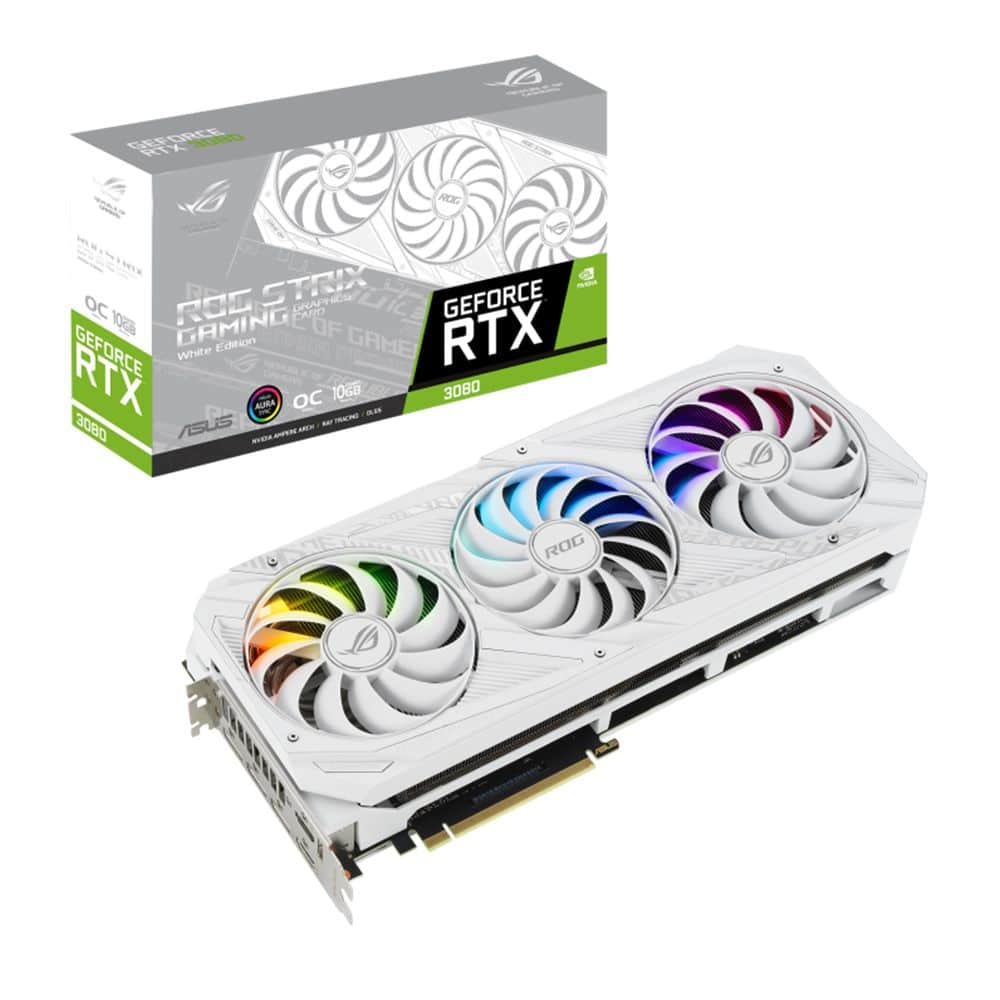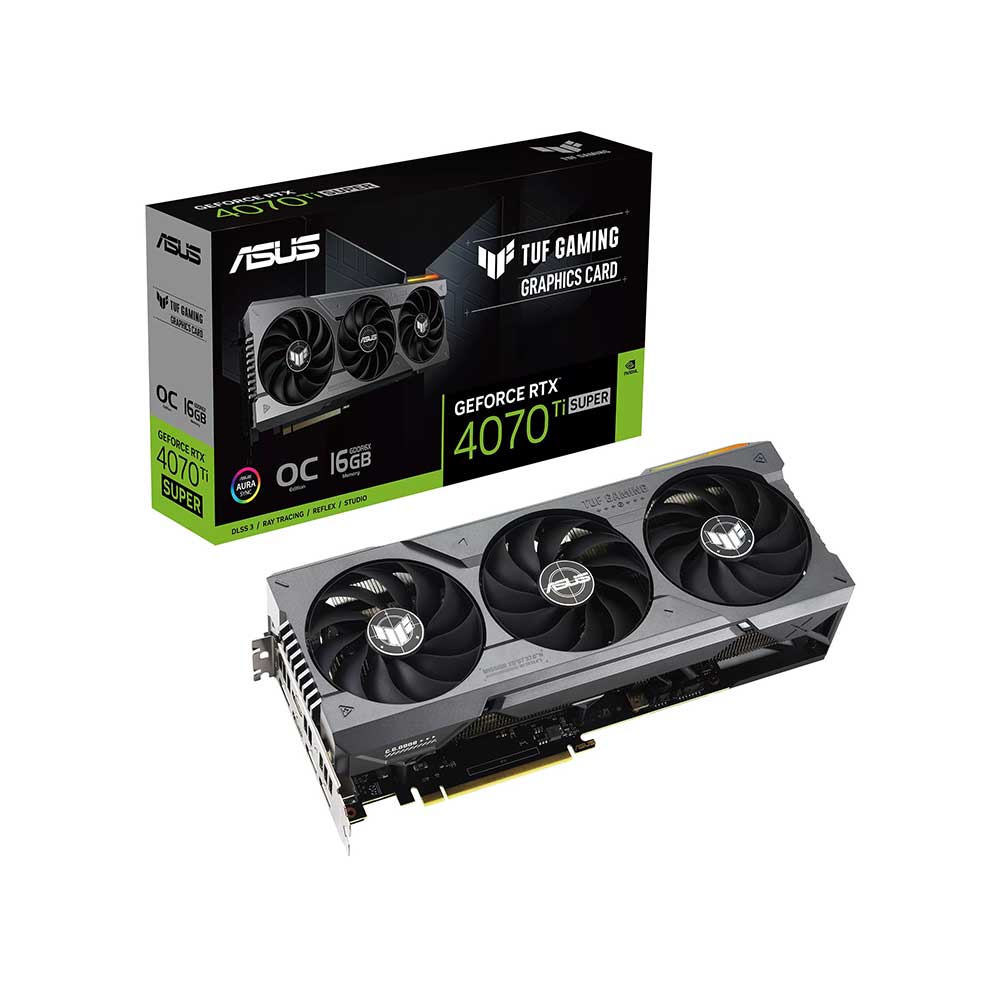Encountering issues with your PC not recognizing graphics card can be a discouraging experience, especially if you rely on your PC for gaming or professional graphic work. However, this is a relatively common problem that often has simple solutions. This article walks you through troubleshooting steps to identify and resolve the issue, potentially saving you from the time and expense of professional tech support or unnecessary component replacement.
Confirming the Hardware Installation
Double-Check Physical Connections
First, power down your PC and unplug it. Open the case and ensure the graphics card is seated correctly in the PCI-E slot. It should be inserted firmly and evenly, with the PCIe connectors aligned perfectly with the slot. Make sure that the retaining screw at the case’s back is secure and that any power connectors the card requires are plugged in snugly.
Inspect for Damage
While you’re inside the case, inspect the graphics card and the motherboard slot for any signs of damage or dust accumulation. Clean out any dust with compressed air and carefully examine both the card’s contacts and the slot for any bent pins or debris. If you notice any damage, the hardware may need repair or replacement.

Updating or Reinstalling Drivers
Update Graphics Card Drivers
Drivers are often the culprit when the PC not recognizing graphics card. Boot into your operating system and navigate to the device manager to see if your graphics card appears there. If it does but isn’t working properly, visit the manufacturer’s website to download and install the latest drivers. Sometimes an automatic update might miss an essential file or install incorrectly – a fresh manual update can fix these issues.
Reinstall the Drivers
If an update doesn’t solve the issue or if the card doesn’t show up in the device manager at all, you may need to reinstall the drivers entirely. First, uninstall the current graphics card drivers, then download and install a fresh set from the manufacturer. Be sure to choose the specific driver that matches your graphics card model and your operating system.
BIOS Settings and Updates
Check BIOS Settings
Sometimes the problem isn’t with the graphics card or drivers but with the system BIOS. Reboot your PC and enter the BIOS settings (usually by pressing a key like F2, F12, DELETE, or ESC during startup). Look for settings related to graphics or video, such as ‘Primary Display Adapter,’ ‘Graphics Adapter Settings,’ or ‘Initiate Graphics Adapter,’ and ensure it’s set to use the correct graphics card.
Update System BIOS
If the settings are correct and the issue persists, a BIOS update might be in order. Manufacturer websites typically offer BIOS updates along with instructions on how to perform the update. However, be cautious – updating BIOS improperly can harm your system’s functionality, so follow instructions carefully and only proceed if comfortable or with professional assistance.

Checking PSU and System Compatibility
Verify Power Supply Unit (PSU) Requirements
A graphics card may not be recognized because the Power Supply Unit (PSU) isn’t providing sufficient power. Verify that your PSU meets the wattage requirements for your graphics card. If it doesn’t, you may need to upgrade your PSU for the graphics card to function correctly.
Ensure Compatibility with Your System
Check if your graphics card is compatible with the rest of your system. Sometimes older motherboards may not support newer graphics cards without a firmware update, or there could be compatibility issues with your current hardware configuration. Consult your graphics card and motherboard manuals for compatibility information.
Utilizing Graphics Card on Another PC
Test Graphics Card on a Different System
If you’ve tried all the above and your PC still doesn’t recognize the graphics card, test it on a different compatible PC. This can help determine if the issue is with the card itself or your system. If the card works on another system, the problem likely lies within your PC’s configuration or hardware. If it doesn’t, the graphics card may be defective.
Considering Professional Repair or Replacement
Suppose the graphics card still isn’t recognized after testing it on another system. In that case, it might be time to seek professional help or consider getting a replacement. When a graphics card exhibits persistent issues across different systems, it often indicates a fault with the card.

Ensuring Software Integrity
Perform a System Check
Operating system integrity can impact how peripherals, like graphics cards, operate. Running a system check can determine if corrupted system files are affecting the graphics card’s recognition. Use the built-in system file checker or a reliable third-party utility to scan for and repair corrupted files. Sometimes, performing a clean system install could resolve persistent issues, but remember to back up your data first.
Disable Integrated Graphics
Many CPUs feature integrated graphics that can interfere with the graphics card recognition process. BIOS typically defaults to the integrated chip, so you should enter the BIOS settings during startup and explicitly disable the integrated graphics option. This action can prompt the system to switch to recognizing the external graphics card instead.
Exploring Alternative Solutions
Testing with Known Good Hardware
Sometimes, the issue could stem from faulty RAM or a troubled PCIe slot. If possible, test the graphics card in a different PCIe slot to rule out a connection issue. Likewise, swap out your current RAM sticks with ones you know work, as defective memory can sometimes cause a PC to misbehave, including not recognizing hardware correctly. These hardware swaps can help isolate the problem.
Consulting User Forums and Tech Support
Tech user forums can be a treasure trove of information, often containing posts by other users who have encountered and resolved similar issues. Take advantage of these community resources to seek advice or solutions. If your graphics card is still under warranty, or if you’re unsure about any step, reaching out to the manufacturer’s technical support may be your best course of action. Tech support can provide guidance tailored to your specific hardware and warranty provisions, possibly leading to a repair or replacement if needed.
Considering Hardware Upgrade
Upgrade as a Last Resort
If you’ve exhausted all troubleshooting steps and verified that the graphics card works fine on another system, it could be your motherboard or another component causing compatibility issues. After ensuring there are no firmware updates left and compatibility checks are complete, it might be time to upgrade your motherboard or consider a new PC build tailored to your current graphics card requirements.
Balance Cost and Performance
Before deciding on an upgrade, evaluate the cost against the performance benefits you expect to receive. In some cases, a system upgrade is a worthy investment for improved stability and future-proofing your setup. However, it’s essential to balance this against your budget and needs, as there may be more cost-effective solutions to your current problem that won’t require a full overhaul.
A PC not recognizing graphics card can be a complex issue with multiple causes, but it’s usually fixable. Simple checks like ensuring proper installation and updating drivers are good first steps. Adjusting BIOS settings, ensuring your PSU is adequate, and checking system compatibility are also crucial. If all else fails, testing the card on another PC can help pinpoint whether the card or your system needs attention. By systematically approaching the problem with this guide, you can identify and solve most issues that prevent your PC from recognizing graphics card.
